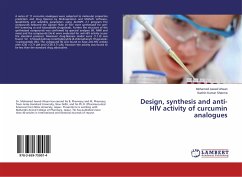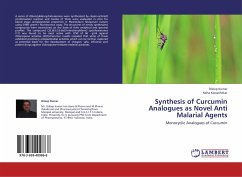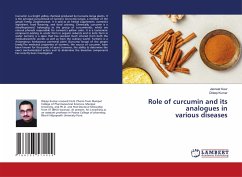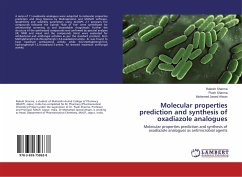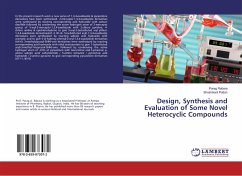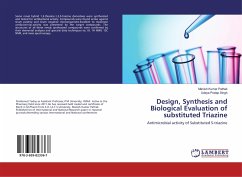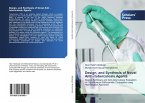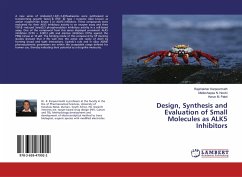A series of 11 curcumin analogues were subjected to molecular properties prediction and drug likeness by Molinspiration and MolSoft software, lipophilicity and solubility parameters using ALOGPS 2.1 program. The compounds followed the Lipinski "Rule of five" were synthesized for anti-HIV screening as oral bioavailable drugs/leads. Further the structure of the synthesized compounds was confirmed by spectral analyses (IR, NMR and mass) and the compounds (3a-k) were evaluated for anti-HIV activity as per the standard protocol. Maximum drug-likeness model score (1.1.0) was found for 3,5-bis(4-hydroxy-3-methylstyryl)-N-(4-chlorophenyl)-1H-pyrazole-1-carboxamide (3b). The compound 3b was found to have anti-HIV activity with IC50 3.71 µM and CC50 3.71 µM, however the activity was found to be less than the standard drug zidovudine.
Bitte wählen Sie Ihr Anliegen aus.
Rechnungen
Retourenschein anfordern
Bestellstatus
Storno

